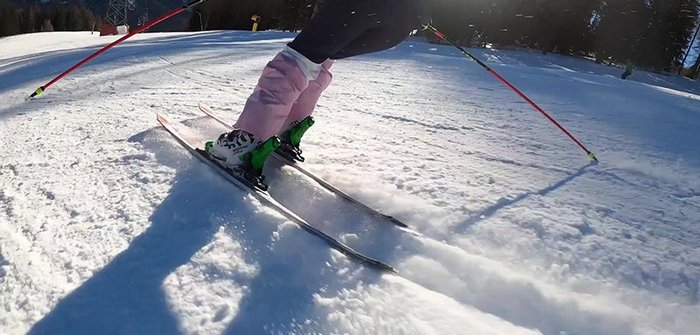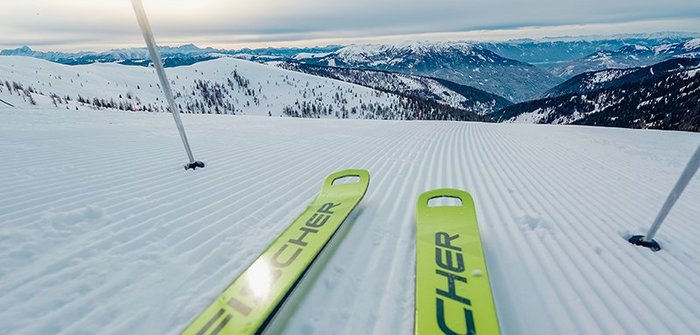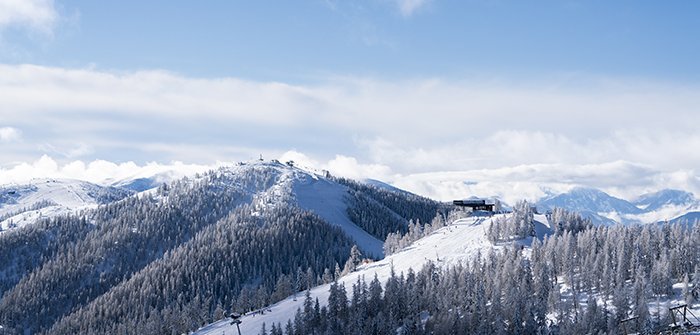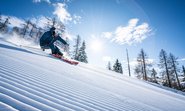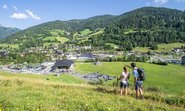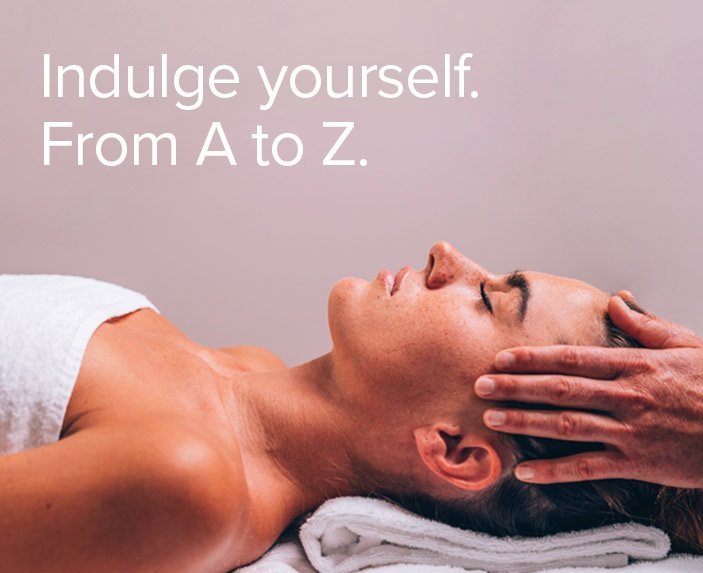It's the pinnacle on the slopes and is considered the supreme discipline for many skiers: the carving technique. Those who master it guide their skis on the edge from the beginning to the end of the turn. This is not only pure aesthetics for the eye, but also promises a unique skiing experience. But what is actually behind the perfectly cut swing? Today we enjoy the rush of speed together and show you how to perfect your carving technique with a little practice. Ready?
What is carving?
'Carving' is a skiing technique that focuses on making cut swings on the ski turn. Instead of 'drifting' through the curves, the turns cut into the snow in a slight arc and without much resistance, creating parallel, S-shaped turns. Since your skis do not brake during the turn, the braking effect in carving is significantly lower than in other skiing techniques. With the right technique, you don't have to expend a lot of energy to whizz down the valley at high speed.
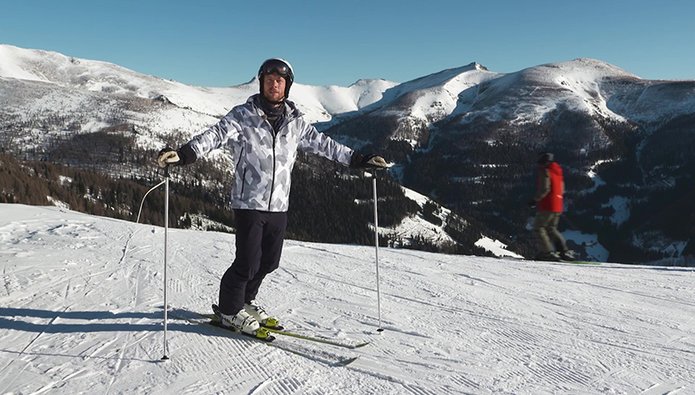
5 steps to the perfect carving technique.
But how do you achieve the perfect carving turn? We asked the professionals at the Krainer / Wulschnig Ski and Sports School and put together a few tips for you:
1. It's all in the posture.
The key to great carving turns is your basic position on the skis. A roughly hip-width position, a loose, comfortable stance and slightly bent knees and hip joints offer you maximum stability and freedom of movement
2. Move your body.
With the carving swing, you actively lean into the curve. This means your upper body should be aligned to the front and move more towards the centre of the curve as the swing progresses. However, the centre of gravity always remains centrally above your skis to ensure the necessary stability on fast descents.
3. Tilting, turning, bending.
By shifting your weight, you create the necessary load on the skis that makes tilting – also called 'bending up' in technical jargon – possible in the first place. The more your upper body is leaning towards the slope, the easier it is to apply the right pressure on the turns. This also creates the typical carving hip bend. It's important that you guide the skis on the turn throughout the entire movement and also edge them up again as quickly as possible after switching sides
4. The outside ski is the boss.
When carving, shift your weight onto the outside ski, but remember not to neglect the inside ski either. The correct load distribution helps you to absorb more force in the curve and to keep your balance even when skiing at high speed
5. Keep your distance.
The distance between your skis should remain as constant as possible during the descent. This ensures maximum stability, good control and precise swings.
Not sure if you've done everything right? Then it's worth taking a look back. If your tracks in the snow are parallel and clean, then you've mastered the carving technique
The right ski.
Of course, your equipment also plays a decisive role in carving. A stronger waist-line of the ski is particularly important, as it makes the ski easier to steer and more flexible. Carving skis are also shorter than classic alpine skis and are designed to give you enough stability even at high speeds.
Tip: The sharper the edges, the easier they cut into the snow. So take your skis to your local sports shop regularly for servicing.
The perfect conditions.
It's possible to master casual and wide carving swings in almost all slope conditions. However, the snow should not be too hard nor too soft. This is, as on icy slopes the edges of your skis can hardly cut into the snow. In soft snow they don't offer you enough grip for fast and precise curves. To ensure that you also have enough space for long turns, wide slopes that aren't too steep are suitable.
Important: An absolute no-go is wanting to carve all the time and everywhere you ski. Carving might not always be the right technique for the slope you're skiing on. Always keep an eye on the course of the slope and possible dangers ahead before you start carving.
Carving requires good skiing skills and an awareness of your own limits. But with a little practice, you'll soon be carving down the slopes like a pro. There are four ski and snowboarding schools in the skiing area Bad Kleinkirchheim to help you learn how to master the perfect carving technique.
We hope you have lots of fun practising and are already looking forward to your next visit to the skiing area Bad Kleinkirchheim.

